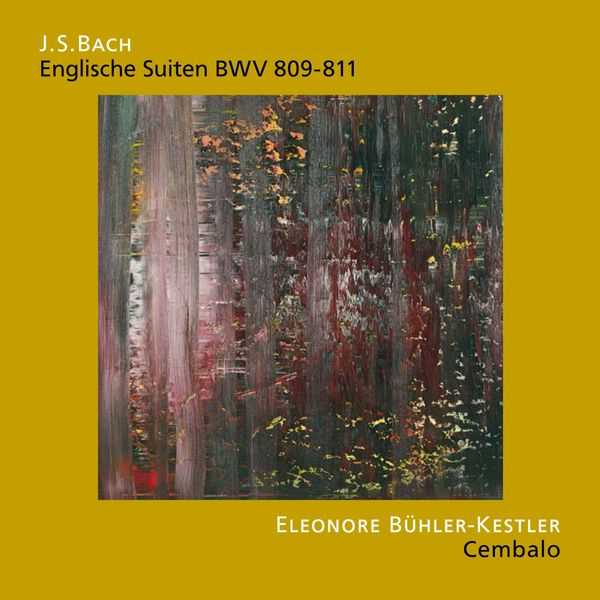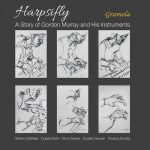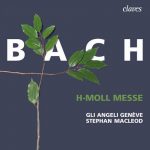
Composer: Johann Sebastian Bach
Performer: Eleonore Bühler-Kestler
Format: FLAC (tracks)
Label: Charade
Catalogue: CHA3045
Release: 2021
Size: 524 MB
Recovery: +3%
Scan: cover
English Suite No. 1 in A Major, BWV 806
01. I. Prélude
02. II. Allemande
03. III. Courante I – Double I
04. IV. Sarabande
05. V. Bourrée I – II – I
06. VI. Gigue
English Suite No. 2 in A Minor, BWV 807
07. I. Prélude
08. II. Allemande
09. III. Courante
10. IV. Sarabande et les agréments de la mème Sarabande
11. V. Bourrée I – II – I
12. VI. Gigue
English Suite No. 3 in G Minor, BWV 808
13. I. Prélude
14. II. Allemande
15. III. Courante
16. IV. Sarabande et les agréments de la mème Sarabande
17. V. Gavotte I – II (“ou la Musette”) – I.
18. VI. Gigue
Reserve and passion: Eleonore Buhler-Kestler interprets Bach’s English Suites Nos. 4-6
After recording J.S. Bach’s English Suites Nos. 1-3 (2017), Eleonore Buhler-Kestler continues with her interpretation of Bach’s Suites Nos. 4-6. According to the harpsichordist, “One must play all six and understand the suites as a cycle.” In Nos. 4-6, as with the English Suites Nos. 1-3, the first suite, composed in major, is followed by two suites in minor. In all six suites there are challenging, extended preludes in all suites, with the prelude in the concluding sixth suite counting as one of the longest that Bach ever wrote: it comprises a full 200 measures.
The title “English Suites” is misleading; except for the Preludes and a few Italian Gigues, Bach adheres to the French style. Tradition has it that they received their name because Bach wrote them “for a distinguished Englishman.” However, the actual source of this explanation is still unknown today (Johann Nikolaus Forkel made this claim in his Bach biography of 1802). Bach himself had not provided a title for these compositions and left them unpublished throughout his life. They were first published in Leipzig in 1805.
Bach probably wrote the cycle around 1715 during his time in Weimar to bolster his reputation as “Germany’s best harpsichordist” and introduce himself at larger courts such as those in Gotha or Dresden. The autograph of the English Suites is lost; the earliest copies date to 1716/17. Bach had already been residing at the Weimar court since 1708, where he was initially a chamber musician and court organist until he was finally promoted to concertmaster. Not only did he impress his colleagues and competitors with his composition of the English Suites, but harpsichord makers as well. In 1718 he acquired a new, large harpsichord in Berlin for the court of Köthen so that he could play on an optimal instrument capable of realizing the high musical and technical demands of these works.
Eleonore Buhler-Kestler is equal to these demands. She explains that she did not play any of the suites during her studies, and only over time did they become more and more attractive to her. Born in 1930, Eleonore Buhler-Kestler devoted herself to Bach’s first cycle of harpsichord suites only late and many years after recording his Goldberg Variations, Partitas, and Toccatas. In the meantime, she says that Bach’s music has become a strong pillar in her life. Once again, she presents Bach’s English Suites in the second part of the complete recording with precision, liveliness, and passion.



